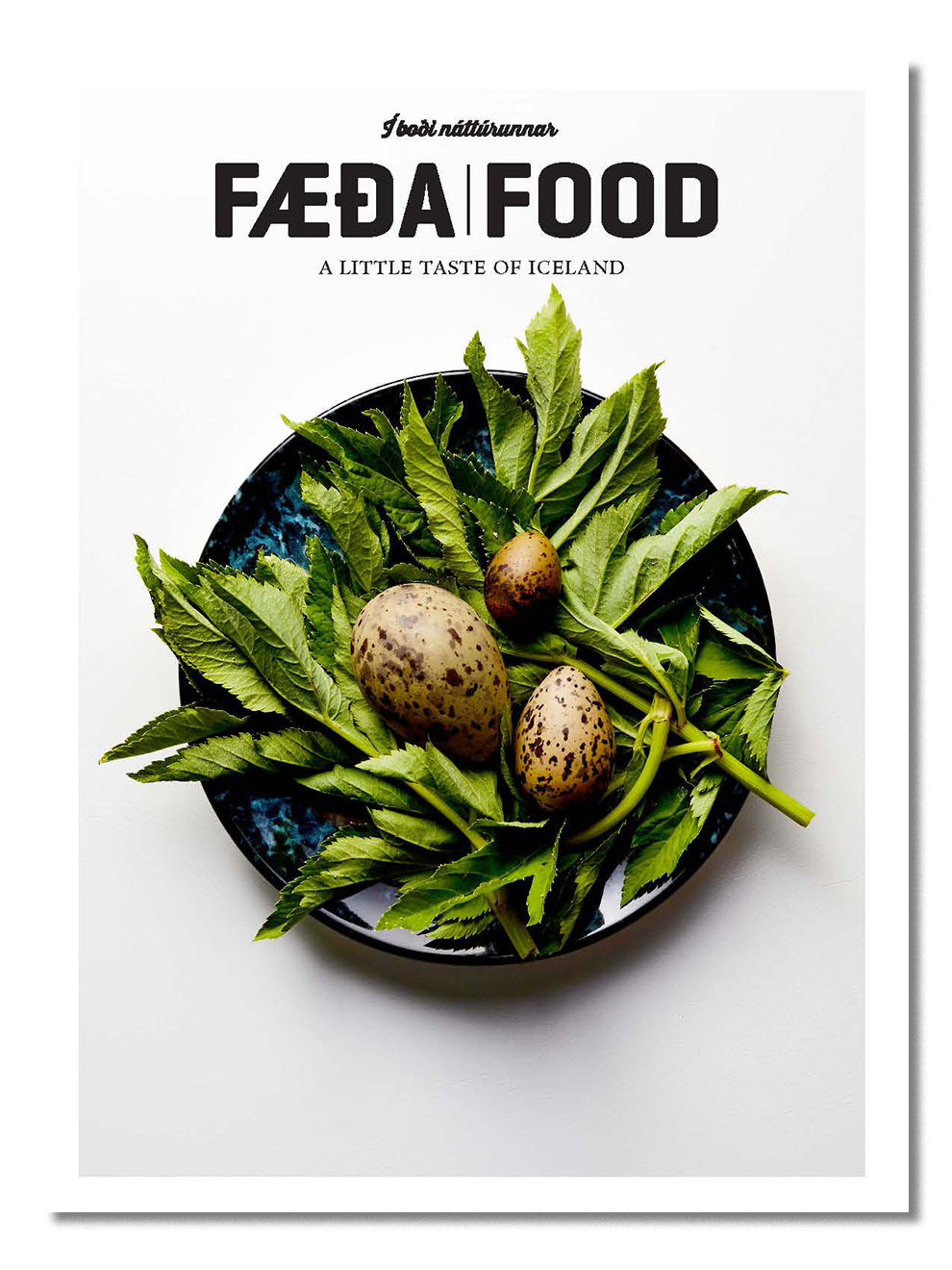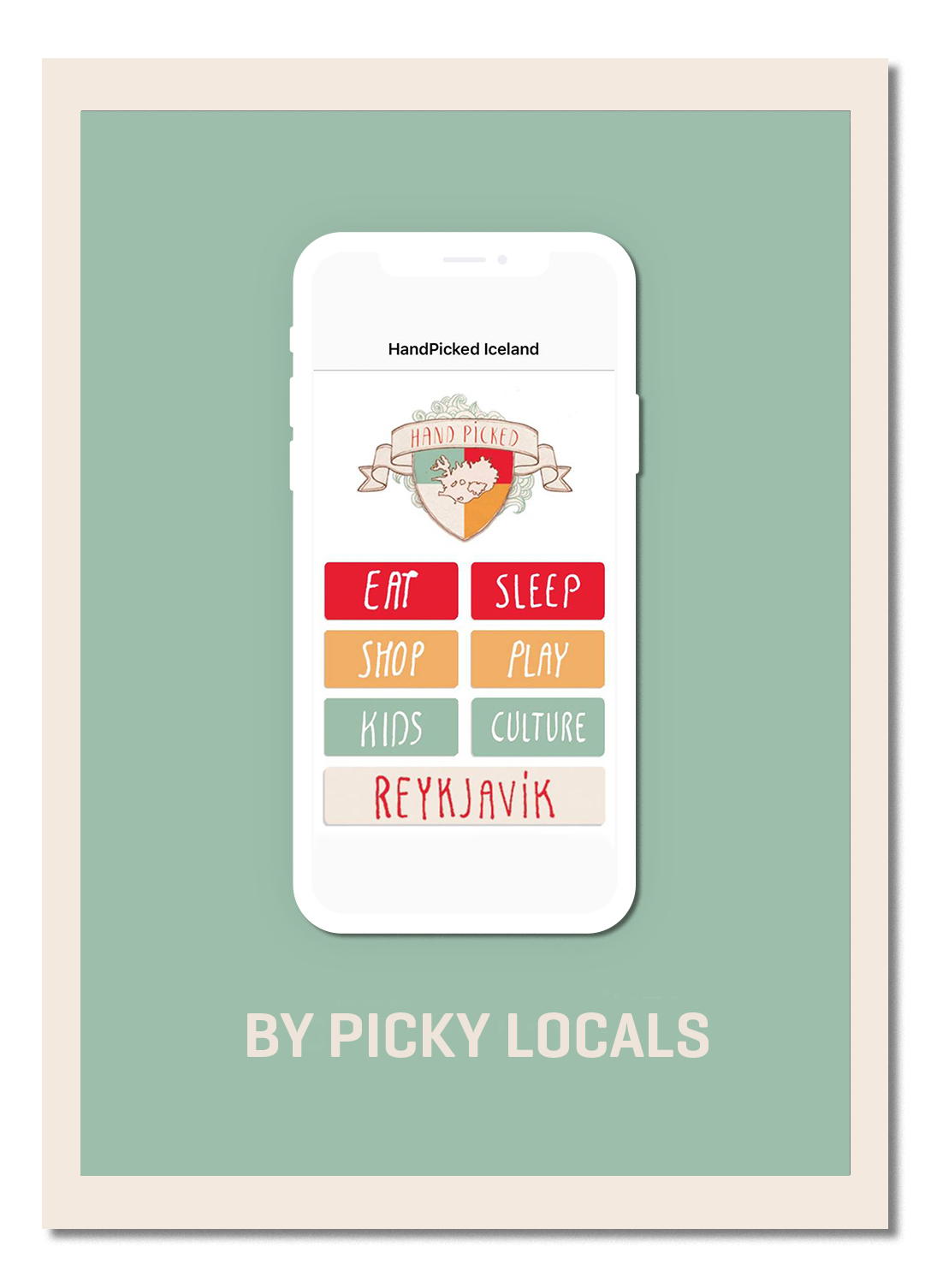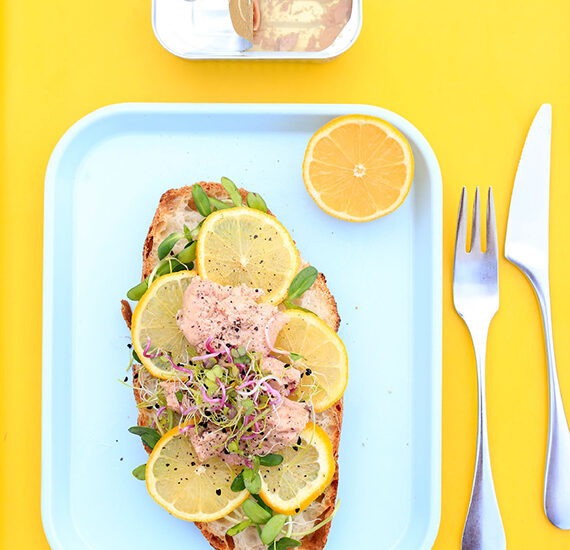
Canning the Coast
Text SHRUTHI BASAPPA Photos ÁSLAUG SNORRADOTTIR
I nervously peel the lid of the brushed bronze can of tinned salmon from Reykjavik Foods. I don’t know what to expect. When I asked,’ what is your memory of canned food growing up?’, on a popular Icelandic food group on social media, the responses were a veritable treasure trove of nostalgic throwbacks – meals of ‘fiskbollur’ and the alarmingly named ‘fiskbuðingur’ – fish pudding. None of it reassuring.
The post-war generation was raised on a frugal cuisine, all of its own. Iceland, though spared from the horrors of the war, found itself thrown into the age of industrialization. For a country historically ravaged by scarcity, of both resources and lack of exposure, supermarket shelves lined with fat cans of Ora green peas, sliced mushrooms and fish paste was a gateway to convenience and sustenance yes. But perhaps also a taste of the exotic far-away (as the popularity of the ‘fruit cocktail’ underlines). Imports of fresh produce was still minimal and agricultural revolution, a distant future.
But despite its lofty ideals, and Latin inspired name (Ora= beach, Latin) the local industry wasn’t about preserving the best of Icelandic produce at the peak of their quality unlike its European counterparts. Italy has long held a tradition of preserving everything from capers to tomatoes, at their summer brightness, cooked and canned for use all year around. Spain, the capital of gourmet conservas has long left behind the cheap, cat food narrative. Today, Galician white clams sell for anywhere over 600 Euros for a kilo. And Spanish canned produce, from its slender anchovies, to the ruby like pimientos del piquillos, and the topaz hued berberechos (cockles) are highly prized. Usually hand shelled, canned in briny sea-water or seasoned high quality olive oil. These are edible jewels, with their cases as much a poetry in design, as the delicate wares they hold.

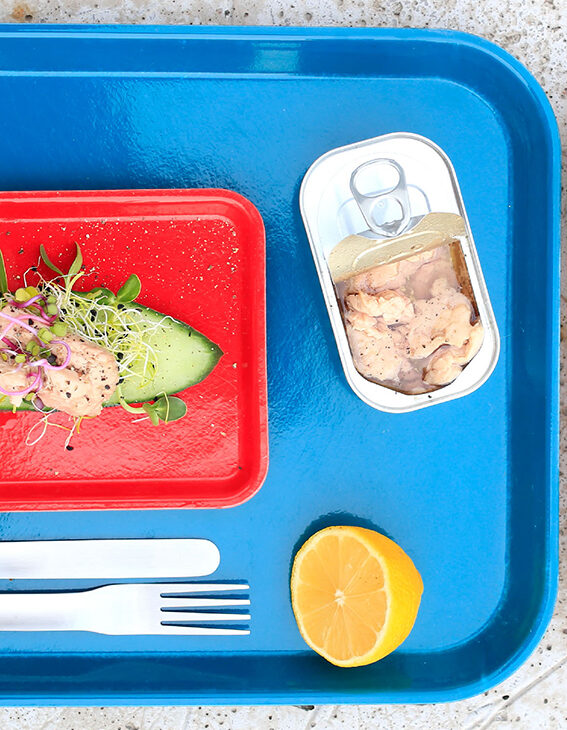
“…and Spanish canned produce, from its slender anchovies, to the ruby like pimientos del piquillos, and the topaz hued berberechos are highly prized“
By contrast, the best produce is often shipped abroad in Iceland. For a fishing nation, it is a shame that we don’t see a more diverse offering, either at the namesake fishmonger, or at the stores. However, there is a quiet culinary change taking place. The internet, tourism and a genuine ambition to be citizens of the world are propelling Icelanders towards world cuisine and fostering a new appreciation for produce from its own backyard. The latter is an interesting conundrum; the lamb and fish are some of the best. Yet, a lack of interest to diversify and make the best of raw materials has plagued the food industry. But a new generation of entrepreneurs are taking the ‘best í heimi’ adage to curated craftsmanship and quality, instead of merely relying on the raw ingredients themselves.
Tinna Hrund Birgisdottir is behind Reykjavik Foods – a young company with experience in sustainable fish farming, that is offering high quality salmon in four variants, says, ‘’We use fresh, hand filleted Icelandic salmon from the Westfjords and salt from Saltverk. We don’t use frozen fish, and we don’t use brine.’’
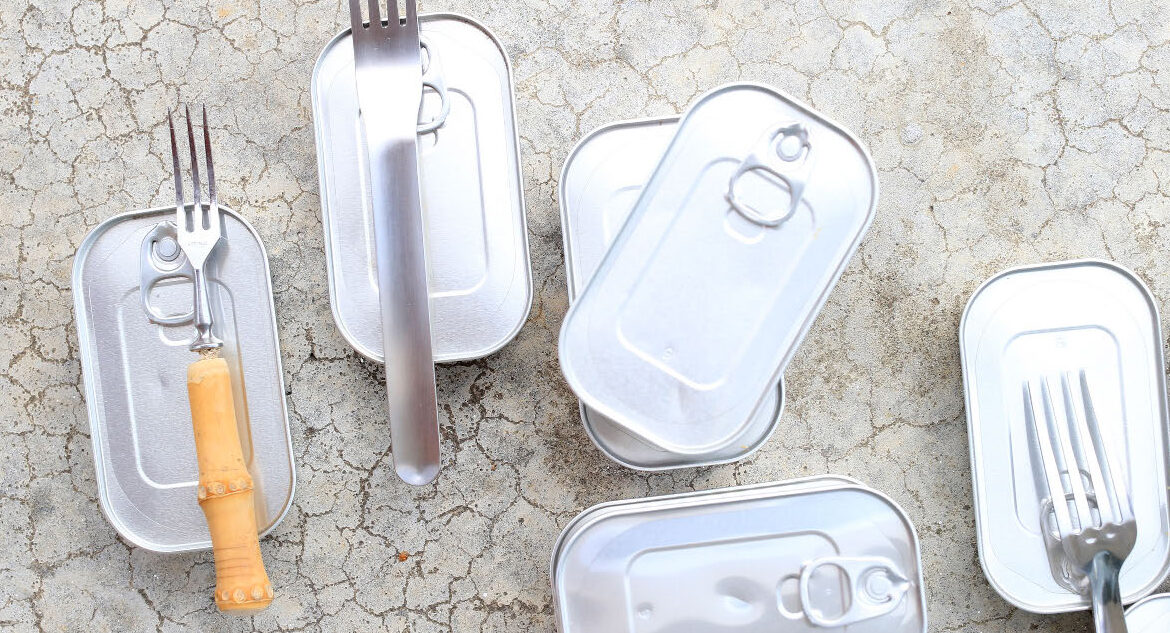
“We use fresh, hand filleted Icelandic salmon from the Westfjords and salt from Saltverk“
A far cry from the ubiquitous Ora fish paste (which interestingly only has 40-46% fish content). Their salmon, which I so trepidatiously opened, holds a lot of promise. The first glimpse itself, was a sign of better things to come. Whole salmon chunks, draped with a salty, truffle sprinkling. Everything afloat in a fatty poached emulsion, a sign that the salmon was indeed slow-cooked in the can. We ate it by the forkful, slathered it on top of crisp toast, and ate some more between sips of a crisp Gewürztraminer.
The company has plans to develop canned Icelandic lamb as well. Ican, another canning company has been producing smoked cod liver, a smoky, intense pate of fatty liver, which while forceful on its own, makes for quite a canape and uses freshly caught cod livers. Local chefs too, are embracing local conservas. Monkfish liver, nee foie gras of the sea, as it is fondly dubbed, is a popular appetizer at Mat Bar.
“Local chefs too, are embracing local conservas“
Evolving food traditions are a sign of a maturing culture. While it may seem like a challenge to shake off the canned food association with hardship and scarcity, it’d be a pity if the local populace missed out on embracing locally produced gourmet canned food, the country can truly be proud of.

